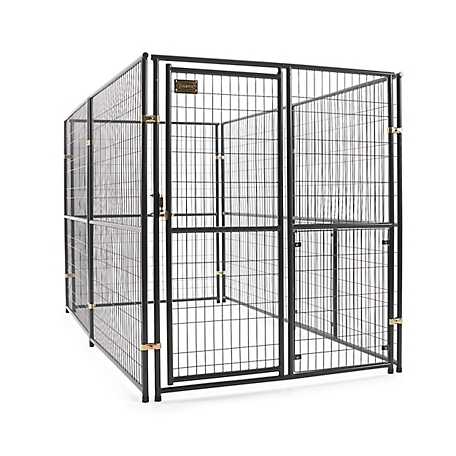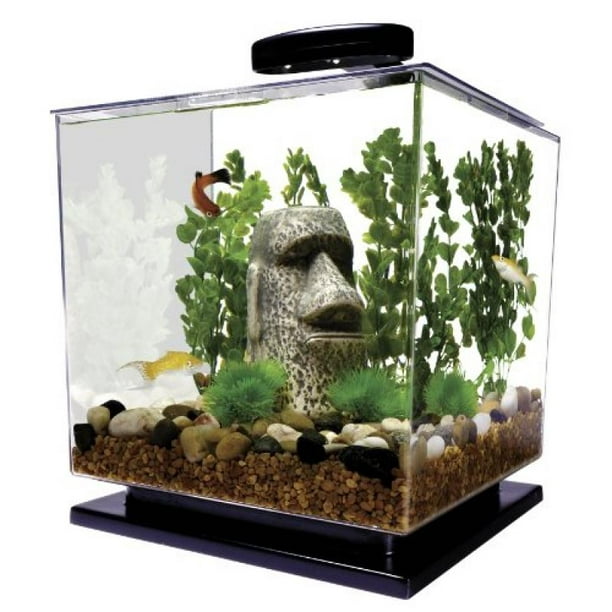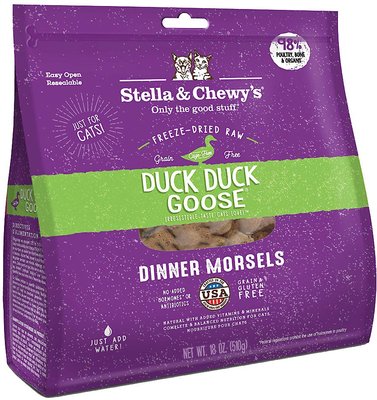Feline Pine Original Cat Litter, 20 lb. Bag
Feline Pine uses the odor-fighting powers of 100% natural pine instead of harsh chemicals, additives or synthetic perfumes to eliminate the toughest odors. It’s sustainably sourced pine and is the best natural odor control. It’s the smart choice for the health of your cat and home.
Feline Pine uses the odor-fighting powers of 100% natural pine instead of harsh chemicals, additives or synthetic perfumes to eliminate the toughest odors. It’s sustainably sourced pine and is the best natural odor control. It’s the smart choice for the health of your cat and home.
- Powerful odor control naturalizes strong odors on contact
- No harsh chemicals or synthetic perfumes.
- Highly Absorbent, binds directly to ammonia odors and locks them away.
- Sawdust shavings are gentle on kitty’s paws.
- 100% chemical free
- Made from sustainably sourced pine
- Non clumping cat litter formula
- Includes 20 lb. bag of natural cat litter
Additional information
| Clumping or Non-Clumping | Non-Clumping |
|---|---|
| Container Type | 20 lb. |
| Country of Origin | Made in USA |
| Life Stage | All ages |
| Pet Size | All sizes |
| Product Height | 19 in. |
| Product Length | 2.5 in. |
| Product Weight | 20 lb. |
| Product Width | 14 in. |
| Manufacturer Part Number | 81559 |











by Nelson
Ease smell more sanitary. Changed my life
by John
Great for kittens, they don’t mind it.